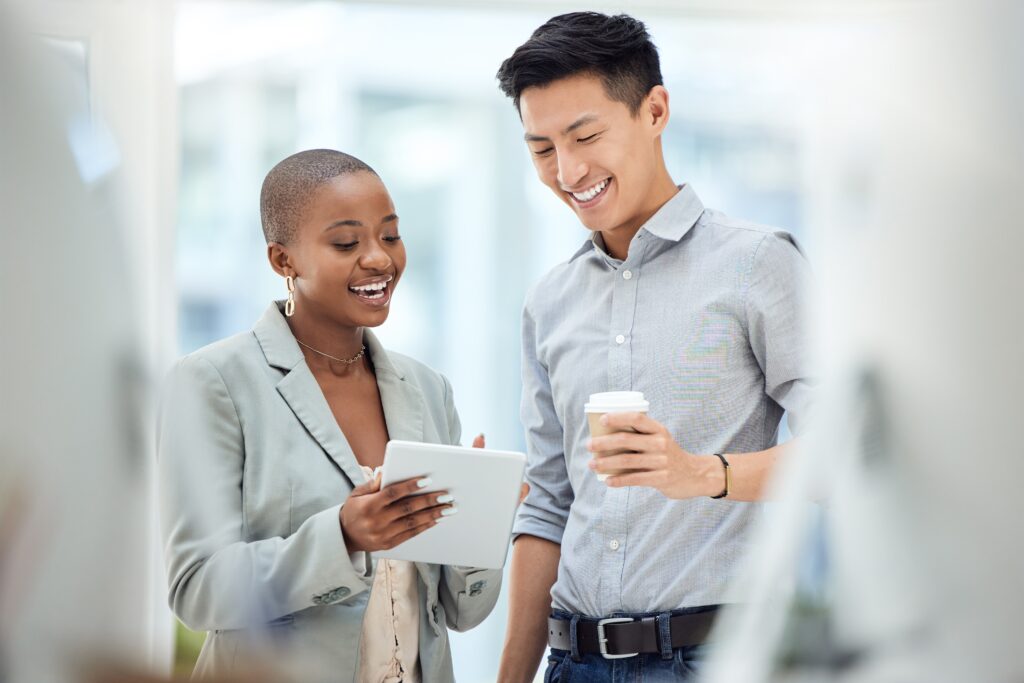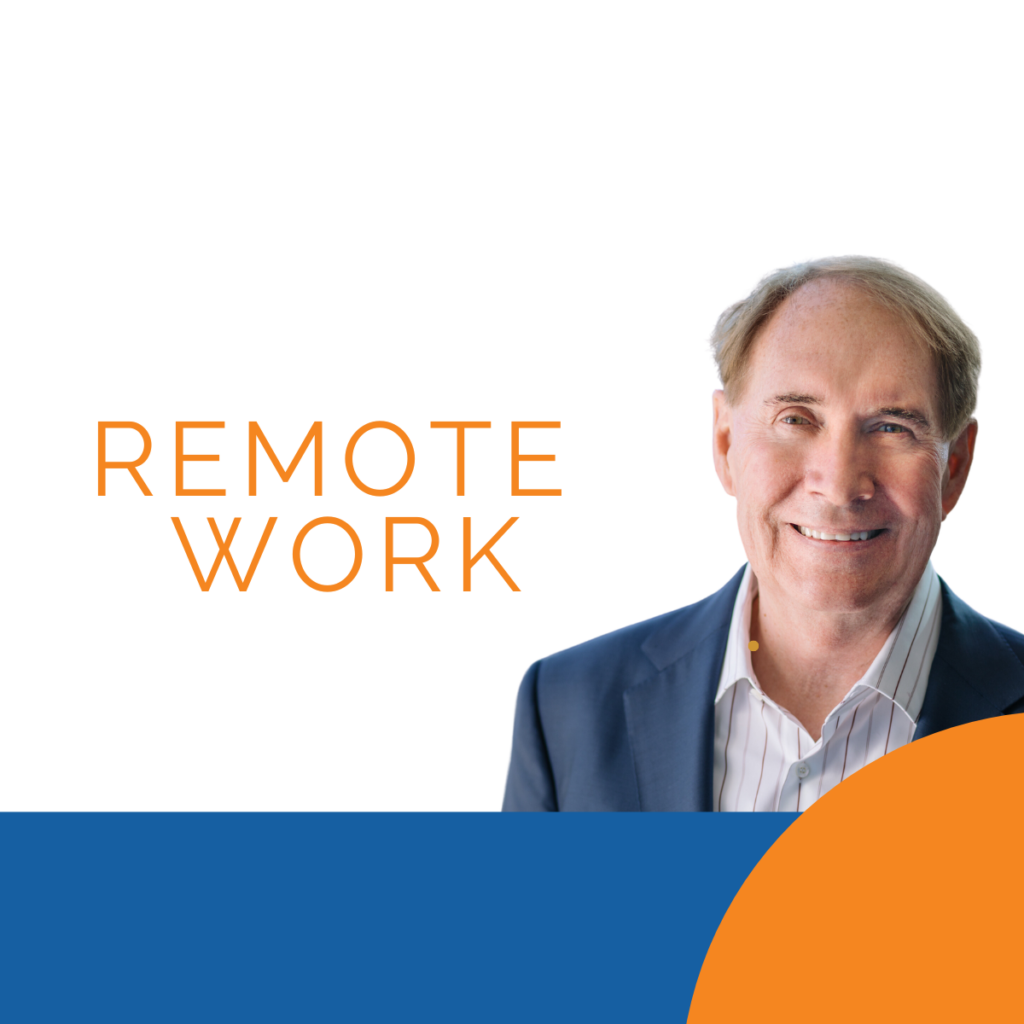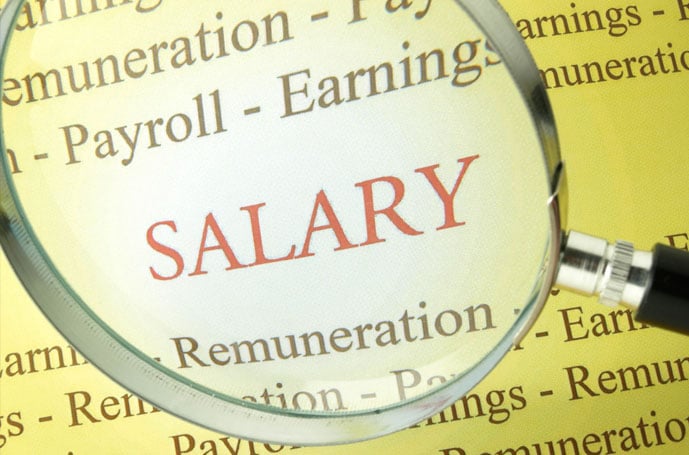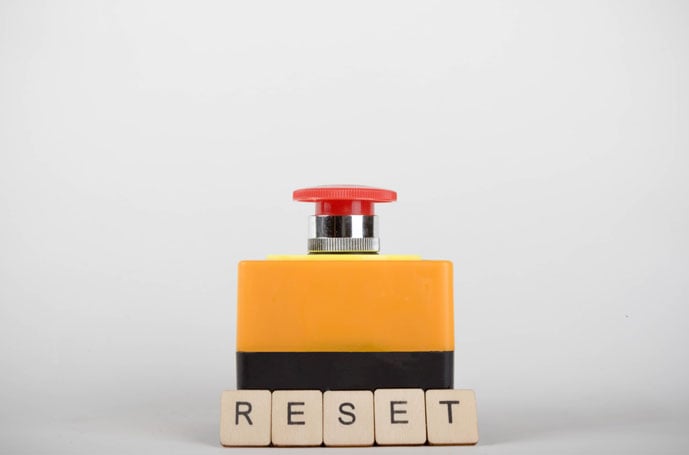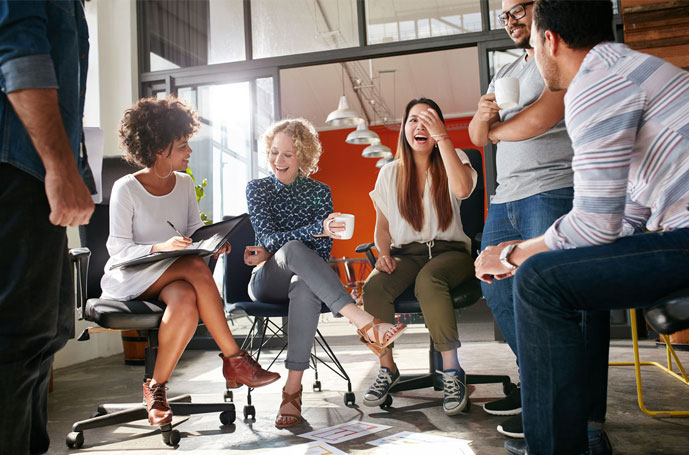Think back to the last time you ran a compensation analysis for your company.
How many of your employees had salaries above or below market rates?
Or, are you thinking about running a comprehensive compensation analysis for the first time and aren’t sure where to start?
Here are some challenges we see HR teams run into regarding compensation practices:
- Managers are allocated a budget to assign raises and merit increases without any context, beyond employee performance, to understand if your organization pays competitively. A percentage increase across all positions does not get you to market rate.
- Employees are frustrated and become unengaged because they do not feel they are paid fairly. Oftentimes, small HR teams don’t have the bandwidth, budget or buy-in to regularly monitor and benchmark compensation.
Why should you consider running a comp analysis now?
External and internal factors cause pay gaps to continue to widen:
-
- External factors: inflation, interest rates, cost of living, increased competition
- Internal factors: off-cycle raises to prevent employees from leaving, above-market counter-offers to hire new talent and backfill roles quickly, discretionary bonuses – – the list goes on
Benchmarking salaries in advance of budget setting allows you to strategically plan for pay adjustments that align with today’s market conditions.
Being proactive with compensation will position your company to close pay gaps, reduce the risk of voluntary turnover, and make progress toward a fair and equitable compensation strategy.
Doing nothing can morph into a troubling cycle that grows year after year. And if you had salary discrepancies before, imagine what that landscape may look like now or in the future.
We know the time it takes to conduct a compensation analysis and we want to help. We have created a three-step Compensation Analysis Template with all the calculations built in.
Ready? Let’s get started!
1. Set your Goals and Collect Data
Before you run your analysis, get your compensation ducks in a row.
Consult with key stakeholders to determine the purpose of your compensation analysis. This will guide you to determine exactly what you are looking for as you benchmark your employees and jobs to market. We have listed some examples below:
- Perhaps you may want to understand why so many incredibly talented employees are leaving your organization. Running a standard compensation analysis can help you understand if your employees are competitively paid.
- Suppose a CEO was interested in why new hire salaries were disproportionately increasing each year compared to the market and existing employees. In that case, you may want to conduct a salary analysis of employees who have entered and exited the organization.
- You have been directed to set up salary ranges or salary bands to ensure consistency and equity amongst pay. To do this, you need an understanding of current employees’ pay compared with market rates.
Your compensation analysis should always be based on purpose. This will ultimately help you extract meaningful information and ultimately take action that drives impact.
To complete a compensation analysis, you need both internal employee information and external salary benchmarks. If you don’t already have this data consolidated in one location (compensation analysis software – for example), you will need to take some time to gather this information manually.
As a note, most HRIS systems allow you to download employee data or you can always compile manually, depending on the systems you have in place.
Below you will find outlined the data that is needed:
| Jobs to Benchmark (internal data) | Compile a list of the job titles you would like to complete a compensation analysis. You will need the following information for each unique job title:
– Job title – Location – Credentials
– Established Salary Bands or Ranges (optional)
This is a great opportunity to start compiling a repository of up-to-date job descriptions for every role in the organization. It can take some time but helps greatly in aligning responsibilities and requirements for each job title and department. |
| Employee information (internal data) | Complete a list of your employees and relevant information about each employee that corresponds to the job title.
– Employee’s Name – Job title – Department – Hiring manager – Current base salary If looking to solve pay inequities, you can add secondary fields to complete additional analysis. – Gender – Ethnicity – Age |
| External Salary benchmarks (external data) | External salary benchmarks can be tricky as not all salary data is created equal. Make sure you trust your salary data before you decide to use it in a compensation analysis.
If you don’t have access to a reliable source of compensation data, here’s a breakdown of the differences in data methodology. Many companies make their best judgment by trying to triangulate market rates through a combination of free sources. Whatever your decision, collect your salary benchmarks by job title, while taking into consideration location and experience/level. |
2. Run your Compensation Analysis
Now that you have gathered everything you need to move forward with a compensation analysis, it’s time to pull it all together.
You can use your own processes, compensation software or Excel, like the benchmarking template provided in this article. (Instructions are provided in the template to make it super easy.)
Modern compensation analysis software makes managing salary information seamless and straightforward.
The benefits of using compensation analysis software:
- Confidence in external salary benchmarks
- Less room for human error
- Easy to manage and more up-to-date as internal salaries are checked continuously against market rates
- Built-in visualizations
It may be challenging to convince key decision-makers to invest in compensation analysis software. On the other hand, the cost of losing talent is far more consequential. Assessing your organization’s current compensation practices could be a good start.
DOWNLOAD THE PRE-CYCLE COMP ASSESSMENT
3. Analyze results and Address Challenges
There are several different ways to benchmark your job titles and employees to market competitive salaries.
- Employees within Salary Band
Compare each of your employees’ current base salary to understand if you are paying all employees within the Established Salary Band for their job title.
If you are paying any employees above or below the Established Salary Band, there could be an opportunity to evaluate if the salary range is off or if there are pay equity issues across employees in the same role.
- Compa Ratio = (Current Employee Salary / Established Salary Band Average) X 100
Compare your Established Salary Band Average to Target Market Salary to better understand if your salary range per job title is not competitive with market rates.
This ratio is a good measurement of pay equity across employees within the same job title. You want to make sure not only that your Established Salary Band is competitive, but that you also do not have any employees grossly underpaid/overpaid compared with others.
- Salary Band to Market Salary % = (Established Salary Band Average / Target Market Salary) X 100
Compare your Established Salary Band Average to the Target Market Salary for each job title to better understand if each job’s salary range is competitive with market rates.
Getting your salary ranges right in advance of backfilling a role helps to prevent future pay equity issues that would later need to be addressed.
- Employee to Market Salary % = (Current Employee Base Salary / Target Market Salary) X 100
Compare your current employees’ base salary to the Target Market Salary for their job title and credentials. This is the most critical measurement of market competitiveness as this will indicate how competitive you are paying your current employees.
Ideally, you would not want to pay below 85% of Target Market Salary for any employee without being at risk of turnover.
Whether you have conducted your analysis in Excel or using compensation analysis software, you should gain more insight. As a result, work on converting insight into action to give validity and completion to the analysis. Here are some examples of what actions you could take with your findings:
- Your findings may indicate that certain employees are underpaid. In the next Proposed Salary Increase, you need to make sure that these employees get competitive pay in line with their peers and the market. You may not be able to reduce the salaries of overpaid employees retroactively, but it will guide you in future salary increases made on these employees or the Established Salary Bands you have set for each role.
- The insights from the analysis should also inform your future compensation and talent strategies. For example, if you’re underpaying data scientists in your company and data science is a future skill that is rare, you may want to increase the total compensation for your existing data scientists.
- You could also take this analysis a step further and include other variables, such as employee experience and performance. Or you could analyze your employees, teams or departments for pay disparity by gender or ethnicity.
Finally, make sure to compare your proposed salary increases by company, department and employee to understand how this fits within your current and future budget, and company pay competitiveness as a whole.
4. Communicate the results
Finally, once you have completed your compensation analysis, it’s time to communicate the conclusions to your employees. You need to develop a communication strategy, which will determine how you communicate the insights to employees, managers, and key stakeholders. Here are a few tips on this:
- Who needs to know? Not everyone needs to know about the results. Determine this based on the purpose of the compensation analysis.
- What is the current climate? If employees are already feeling stressed, you may want to provide more context in your communication. For example, if employees expect a pay increase, but the compensation analysis indicates they are being overpaid, you may want to communicate the results with more empathy.
- What is needed? It is unnecessary to share all the information. You do not need to communicate the salary information of external companies or internal employees. However, you do need to provide context and insights into the analysis (e.g., number of participants, general increases across the company, the extent of the study – e.g., using internal and external data).
5. Train your managers
In most organizations, managers are the ones who have compensation discussions with employees, and not HR or reward managers. People managers should be trained on:
- How to discuss an increase or flat salary change for employees.
- How to anticipate unhappiness from employees and the proper response.
- Things not to say and to never make promises that they cannot fulfill.
Because managers are always busy, you may want to create a manager guide and a communication plan.
Your communication plan must include clear terms and phrases to be used in compensation conversations. Other components you may want to include in your communication plan include:
- Develop a theme – You can create a caricature or catchphrase related to compensation in your organization.
- Design – You can create a consistent brand and theme for all communications as it relates to compensation. In this way, you can create a consistent experience for employees, regardless of their department, role, or location.
- Multiple channels – Even though employees have remuneration and compensation discussions with managers, it should not be the only channel. Employees should understand they can talk to HR on any platform and any member of the leadership team through multiple channels (text, email, private meetings, etc.)
Compensation management is crucial to business success. Get it right and you will attract and retain the best employees, and promote equitable pay practices, while still enabling the company to operate profitably. Get it wrong, and you will likely see the impact in vacant positions, stagnated company productivity and escalating recruiting costs.
Compensation planning and analysis is an ongoing process. Make sure you keep your plan current to the market with a regular (quarterly, at least) review cycle. While this process takes time, by taking a data-driven approach to how you compensate employees, you ensure equity, consistency and help keep your company productive and competitive.









